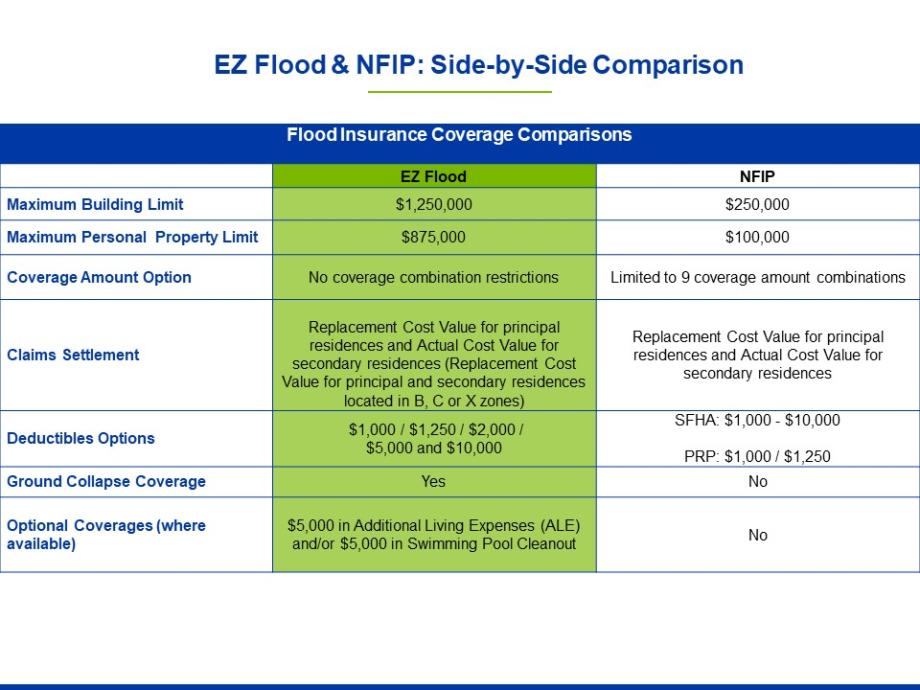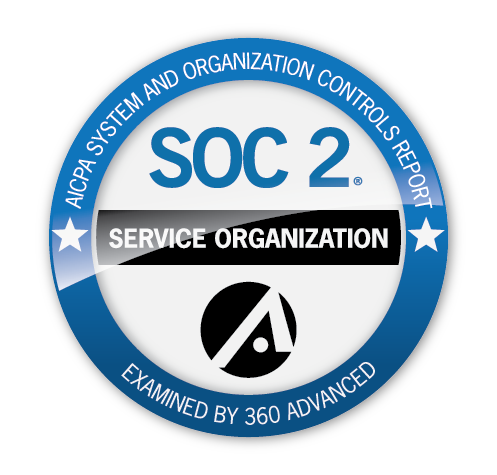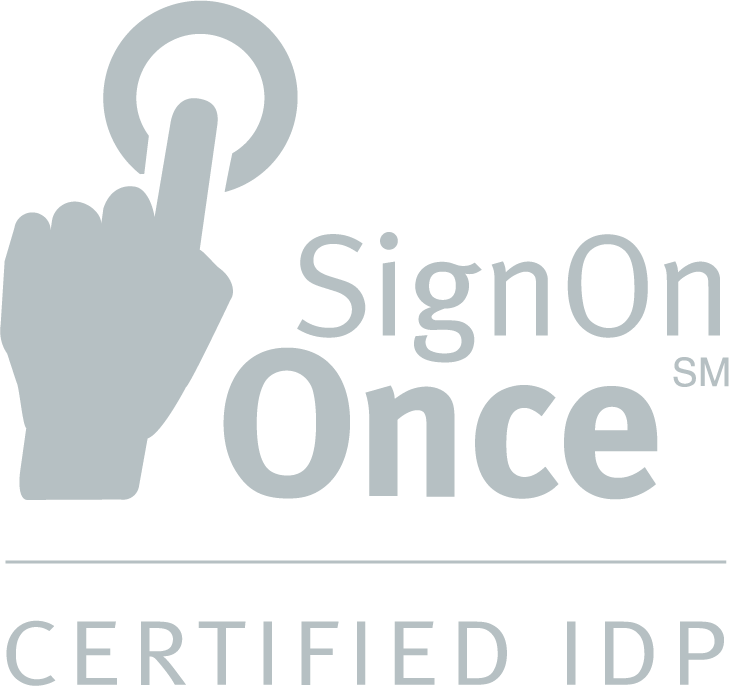By: Aon Edge
What is the most commonly occurring natural disaster in the U.S. each year? Give yourself ten points if you said “flooding.” In fact, 90% of all natural disasters involve some form of flooding. And if you think it only happens in high-risk areas, think again! According to the Federal Emergency Management Agency (FEMA), one in four flood insurance claims come from outside high-risk areas.
As flood professionals, all too often we hear homeowners say, “I’m not in a flood-zone, so I don’t need flood insurance.” This couldn’t be further from the truth, since every house is in danger of flooding! While some homes are at higher risk, some level of risk exists regardless of where a home is located.
A flood you say?
So, what constitutes a “flood” for insurance purposes? As defined by the NFIP, a flood is:
“A general and temporary condition of partial or complete inundation of 2 or more acres of normally dry land area or of 2 or more properties (at least 1 of which is the policyholder's property) from:
- Overflow of inland or tidal waters; or
- Unusual and rapid accumulation or runoff of surface waters from any source; or
- Mudslides (i.e., mudflows) which are proximately caused by flooding and are akin to a river of liquid and flowing mud on the surfaces of normally dry land areas, as when earth is carried by a current of water and deposited along the path of the current.; or
- Collapse or subsidence of land along the shore of a lake or similar body of water as a result of erosion or undermining caused by waves or currents of water exceeding anticipated cyclical levels that result in a flood as defined above.”
In layman’s terms, flooding means surface water. Surface water can occur from many sources including rain, tidal water, rivers, lakes, streams, even an overflowing sewer. In most cases “surface water” is excluded from a homeowner’s policy, which is why flood insurance becomes a consideration.
Too little but not too late
If flooding is so prevalent, why is that 9 in 10 American homeowners don’t have flood insurance? The question can be answered in two words: mandatory purchase. According to FEMA and the Flood Disaster Protection Act of 1973, “individuals, business, and others buying, building or improving property located in identified areas of special flood hazards within participating communities are required to purchase flood insurance as a prerequisite for receiving any type of direct or indirect federal financial assistance (e.g., any loan, grant, guaranty, insurance, payment, subsidy or disaster assistance) when the building or personal property is the subject of or security for such assistance.”
Said differently, if your client’s home is in a high-risk area or Special Flood Hazard Area (SFHA) and the home was purchased by way of a federally backed mortgage, flood insurance is a must. For everyone else, it’s an option that is, unfortunately, infrequently discussed, despite an ever-present risk.
For decades, mandatory purchase requirements could only be satisfied by way of an NFIP policy. Thanks to a groundbreaking regulatory shift in policy stemming from the Biggert-Waters Flood Insurance Reform Act of 2012, furthered by a 2019 mandatory lender acceptance rule, private markets have, in the last several years, entered and solidified their place.
Agents who don’t typically deal with flood insurance often ask about the differences between the NFIP program and private markets. First, private markets offer options that the NFIP doesn’t. For example, NFIP coverage limits cap out at $250,000 on the building and $100,000 on contents, and don’t allow for any optional endorsements. Private markets, powered by innovation and technology, have embraced flood, frequently offering higher limits, optional endorsements, and quoting/binding expedience.
Weighing the options
Let’s compare EZ Flood®, Aon Edge’s primary residential flood policy, to the NFIP:

As you can see, EZ Flood offers robust limits and optional endorsements. It also features a streamlined underwriting process that allows agents to quote, bind, and walk away with a policy in minutes – especially when bridging over from PL Rating.
Whether or not your client is required to buy a flood policy, now is the time to have the flood conversation to ensure they are aware of the risks and can proactively decide how to handle them from a protection standpoint.
About Aon: Aon Edge is a leading provider for private flood insurance for residential property owners, with quoting workflows available through PL Rating. Visit AonEdge.com for additional information on private flood insurance.


